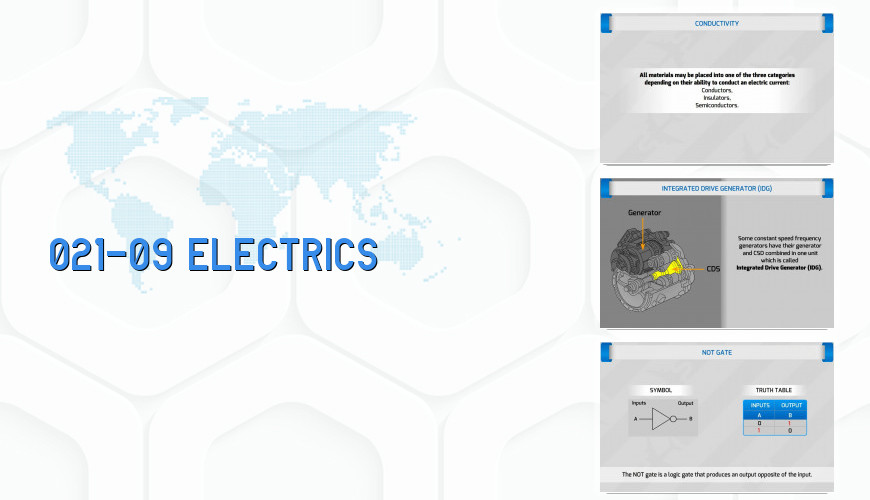
Course Information
Almost everyone has experienced the effect of static electricity just like the one on the screen, usually on a cold winter day or on a very dry day. In order to understand the nature of electrical charge we have to look at a simple model of the atom. This model describes an atom consisting of a central nucleus with orbiting electrons. Within the nucleus there are protons which are positively charged and neutrons which are electrical neutral and have no charge. Orbiting the nucleus are electrons that have a negative charge. Electron orbits are organized into shells. Normally, an atom has the same number of protons and electrons, so the atom does not have any overall charge. Consequently, a material composed of the neutral atoms will also be electrically neutral and have a zero charge. However, when two dissimilar materials are rubbed against each other, electrons may be transferred from one to another. The material whose atoms lose electrons becomes positively charged because there will remain more protons than electrons. The other material whose atoms gain electrons becomes negatively charged because of surplus of electrons. If they are separated rapidly enough, each will keep the charge. Courses are constantly monitored and updated when major changes in authority documentation is released.
Content of the Course
| Slide | 158 | Duration | 2:02:23 | Exam | No |
|---|
- COURSE START
- GENERAL, DEFINITIONS, BASIC APPLICATIONS: CIRCUIT-BREAKERS, LOGIC CIRCUITS. / STATIC ELECTRICITY
- Alternating Current
- Resistors, Capacitors, Inductance Coil
- Permanent Magnets
- Electromagnetism
- Switches / Circuit Breakers
- Semiconductors And Logic Circuits:
- BATTERIES / TYPES, CHARACTERISTICS AND LIMITATIONS
- GENERATION / DC GENERATION
- Ac Generation
- Constant Speed Drive (Csd) And Integrated Drive Generator (Idg) Systems.
- Transformers, Transformer Rectifier Units, Static Inverters
- DISTRIBUTION / GENERAL
- Dc Distribution / General
- Ac Distribution
- Electrical Load Management And Monitoring Systems: Automatic Generators And Bus Switching During Normal And Failure Operation, Indications And Warnings
- ELECTRICAL MOTORS / GENERAL
- Operating Principle
- COURSE END

